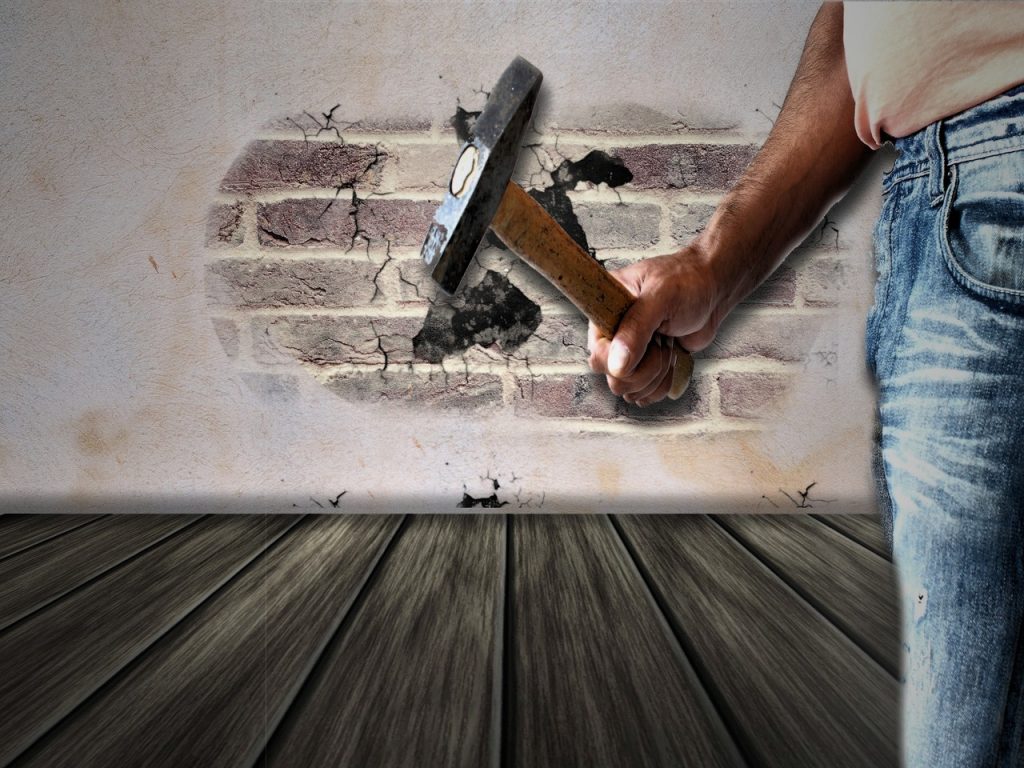Home remodeling projects have become a lot more popular since the start of the COVID-19 pandemic, with many homeowners taking on smaller jobs to pass the time. But as the pandemic has dragged on, many have embarked on much larger home renovation projects.

A recent study by the National Kitchen & Bath Association and John Burns Real Estate Consulting revealed that homeowners are taking on much larger remodeling projects that include expanding and rearranging the floor plans of their homes, often to create a dedicated home office space or to increase the properties functionality.
Now, analysts say the larger scope of such projects is likely to translate to around 10.7% sales growth in the remodeling industry. In addition, more homeowners are stepping back from DIY jobs and instead turning to professionals to ensure their remodeling projects are done properly.
“We’re seeing an incomparable surge in homeowners looking to rearrange floor plans, tear out complete kitchens, baths, and other rooms to make space for increased activity within the home, and generally create a space that better suits their evolving needs,” said Bill Darcy, CEO of the NKBA. “Our industry’s greatest challenge will be operational, as our members aim to meet growing demand from homeowners with an unmatched appetite for remodeling.”
For their part, remodeling contractors have already seen a big jump in demand. However, they have also had to deal with rising costs of building materials and disruption to supply chains that has been brought on by the rising demand for cabinetry and home appliances.
Another potential problem for the industry is a shortage of skilled labor, the study found. More than 56% of remodeling contractors reported that the labor shortage has gotten worse since the pandemic began. That means homeowners may have a longer wait before they can get started on any new remodeling projects.
While homeowners are leaning on professionals more as of late for their remodeling projects, they still want to keep costs to a minimum. Demand for lower-priced products and finishes was especially high, the NKBA reported.